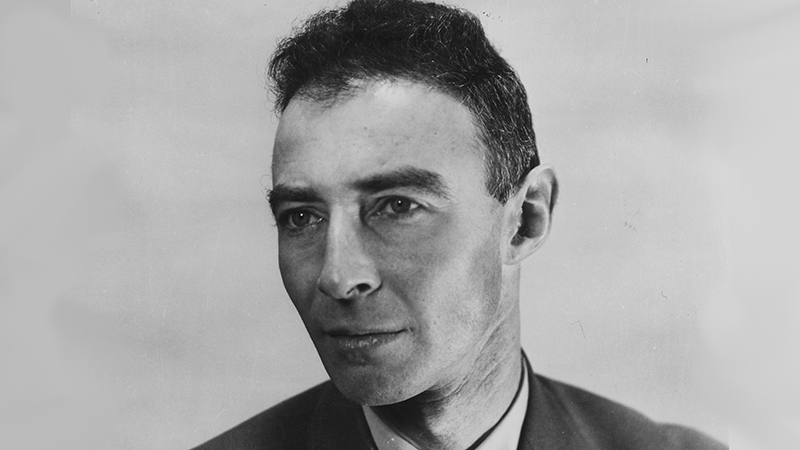In the month since Superstorm Sandy left millions in the dark, solar power has become an essential part of relief efforts, especially in ravaged areas of Brooklyn and Queens, New York. For instance, a coalition of energy companies called “Solar Sandy” has contributed renewable electricity generators to victims in hardest-hit areas. The six solar generators provide 10kw of power each and are centrally located in community-gathering areas. One group of Columbia PhD candidates saved Thanksgiving by contributing a solar trailer to a church in Rockaway. And Greenpeace provided power to one Rockaway aid station with it’s Rolling Sunlight truck.
But now that rebuilding is underway, many are wondering how to prevent similar storm-induced large-scale blackouts in the future. In the past few years, widespread power outages have led to a paralysis of day-to-day life and massive economic losses. Our power technology is lagging, and as the current system ages we should rethink the future of American electricity. We must build a smarter power grid that is better equipped to handle natural disasters, and also makes use of clean, efficient solar energy.
One possible solution is switching to autonomous “microgrid” power rather than the monolithic power grids of today. This decentralized system can function on its own if the regional grid goes down, and provides cleaner energy by combining renewable solar and wind power with energy storage and transmission equipment. In today’s centralized system, solar energy is part of the greater grid so even solar panels in Sandy-stricken areas were rendered essentially useless after the storm. Sandy victims found ways to tap into solar energy, but future efforts should prevent the blackout in the first place.
Considering Solar Power, Post-Sandy
In the month since Superstorm Sandy left millions in the dark, solar power has become an essential part of relief efforts, especially in ravaged areas of Brooklyn and Queens, New York. For instance, a coalition of energy companies called “Solar Sandy” has contributed renewable electricity generators to victims in hardest-hit areas. But can we use solar power to prevent similar blackouts in the future?
















